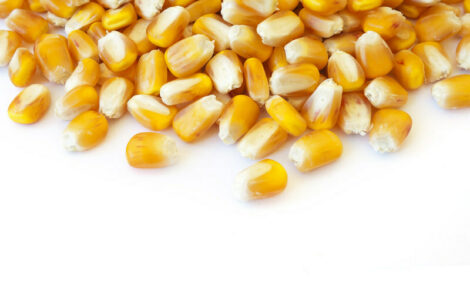



Preliminary Analysis of PED Epidemiological Survey
Although no risk factors point directly to the source of the porcine epidemic diarrhoea (PED) outbreaks, a number of feed practices may be indicators of risk. That is the conclusion of a study by the USDA Center for Epidemiology and Animal Health (CEAH) following a survey of pig veterinarians in the US, as summarised by Harry Snelson (Director of Communications for the AASV).Survey data were collected by American Association of Swine Veterinarians (AASV) veterinarians associated with swine herds affected by PED. Veterinarians were requested to complete questionnaires for case and control herds. Control herd data were proposed to be matched with case herds on certain characteristics. The final data was submitted to USDA’s Center for Epidemiology and Animal Health (CEAH) through a link created by the National Center for Foreign Animal and Zoonotic Disease Defense at Texas A&M.
CEAH conducted the following analysis. Data on the full population affected by the outbreak were not available, so an evaluation of the representativeness of the sample is not possible.
Updated Method
Univariate logistic regression models, adjusted for clustering by company, were evaluated for each individual predictor on the outcome of the probability of a farm being a case. A herd was considered a case based on a faecal sample confirmed positive for PEDv via faecal PCR.
Despite the screening nature of this initial analysis, a p-value of <0.05 per cent was applied as a cut-off for declaring an association significant between a predictor variable and the increased probability of being a case. This was because more than 100 variables were tested and a more liberal p-value would likely admit more sporadic associations.
Initially, state, company and system were included in each univariate model to adjust for the structure of the data and account for non-independence between farms. However, using all three levels coupled with the small number of observations (25 cases, 18 controls) led to model instability. Ultimately, company was chosen alone to account for non-independence between farms.
Results
Seven feed-related variables were associated with higher odds of PED ('risk factors'): using sow feed that was custom mixed off-farm in the last 90 days, how many meal/mash rations were fed to nursery or finishers in the last 90 days, the total number of different rations fed to finisher pigs in the 90 days prior to the administration of the questionnaire, the contents in terms of supplementation that was in the premix for the most recent finisher diet and what type of grain mix was used for sow or finisher feed in the past 90 days.
Although data were collected on companies that supplied supplement, base mix and premix, none of the companies was associated with being a case farm during preliminary analysis.
Seven variables were associated with lower odds of PED ('protective factors'): higher swine farm density in a three-mile radius, the percent of replacement animals that came from the same state as the farm surveyed, vaccination of breeding females for ileitis or PCV2 in the previous six months, the three-month average mortality in the nursery unit, vaccination of weaned market pigs for Salmonella in the previous six months and number of pelleted rations fed to sows.
Implications
Due to the limited sample size, it is unlikely that any of these risk factors point directly to the source of the PED outbreak. However, a number of feed practices may be indicators of risk.
The origin of sow feed as well as the type, premix contents and number of different rations fed to weaned market pigs in the last 90 days increases the odds of being a case as much as three and a half times. Use of a 'grain mixed with amino acid source and a base mix' was associated with an increased risk of PED for both sow feed and finisher feed. This type of grain mix may warrant further investigation as a possible source of PED.
However, increasing the number of pelleted rations fed to sows appears to have a protective effect, and the reason for this is unclear.
Barring contamination, vaccinating sows or weaned market pigs for specific agents is unlikely to cause a decrease in the odds of PED. It could be that vaccination is a signal indicating higher health herds with higher biosecurity and less chance for pathogen entry. Additionally, odds ratios approaching one, such as farm density and percent of new entries can be ignored despite significance.
August 2013








